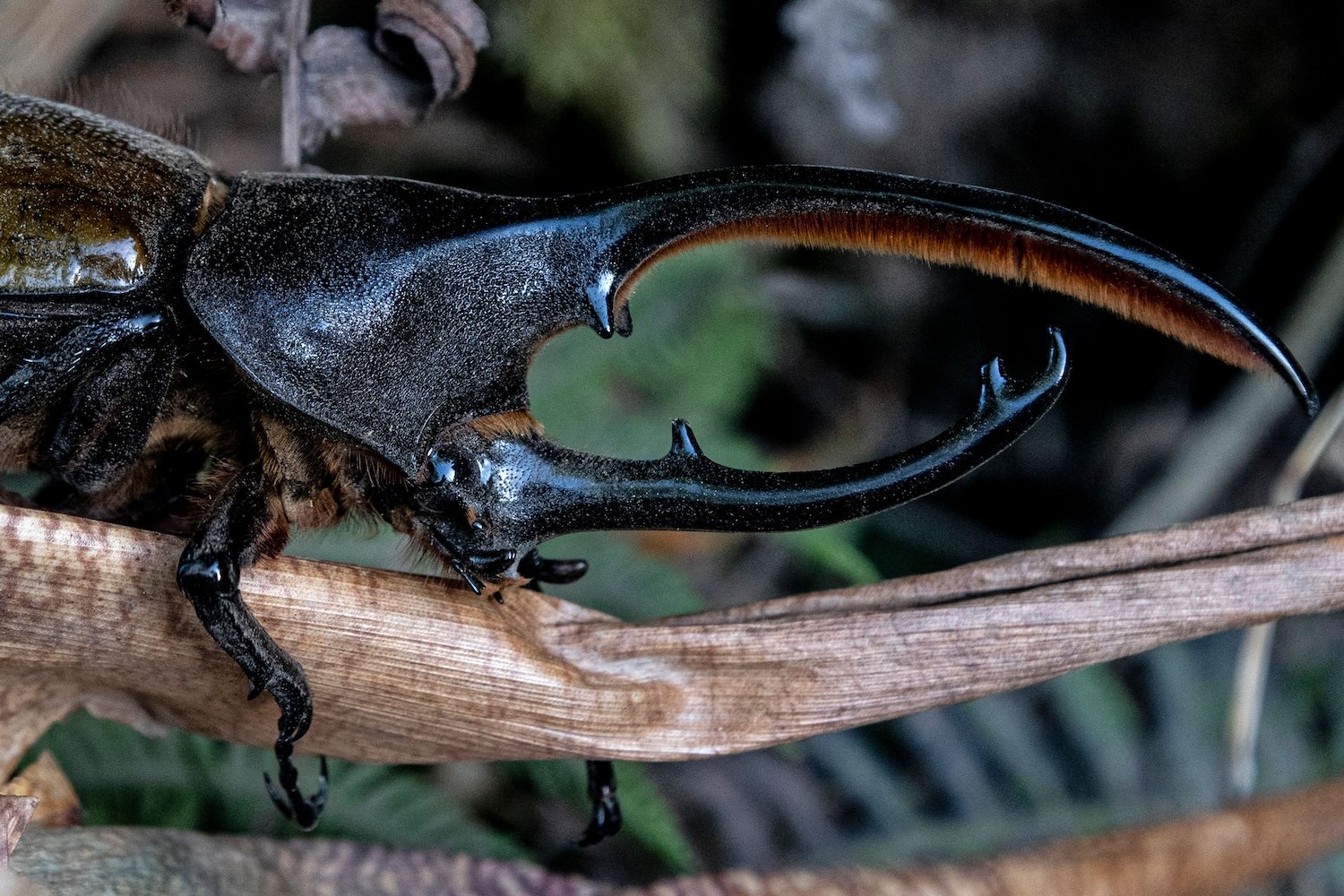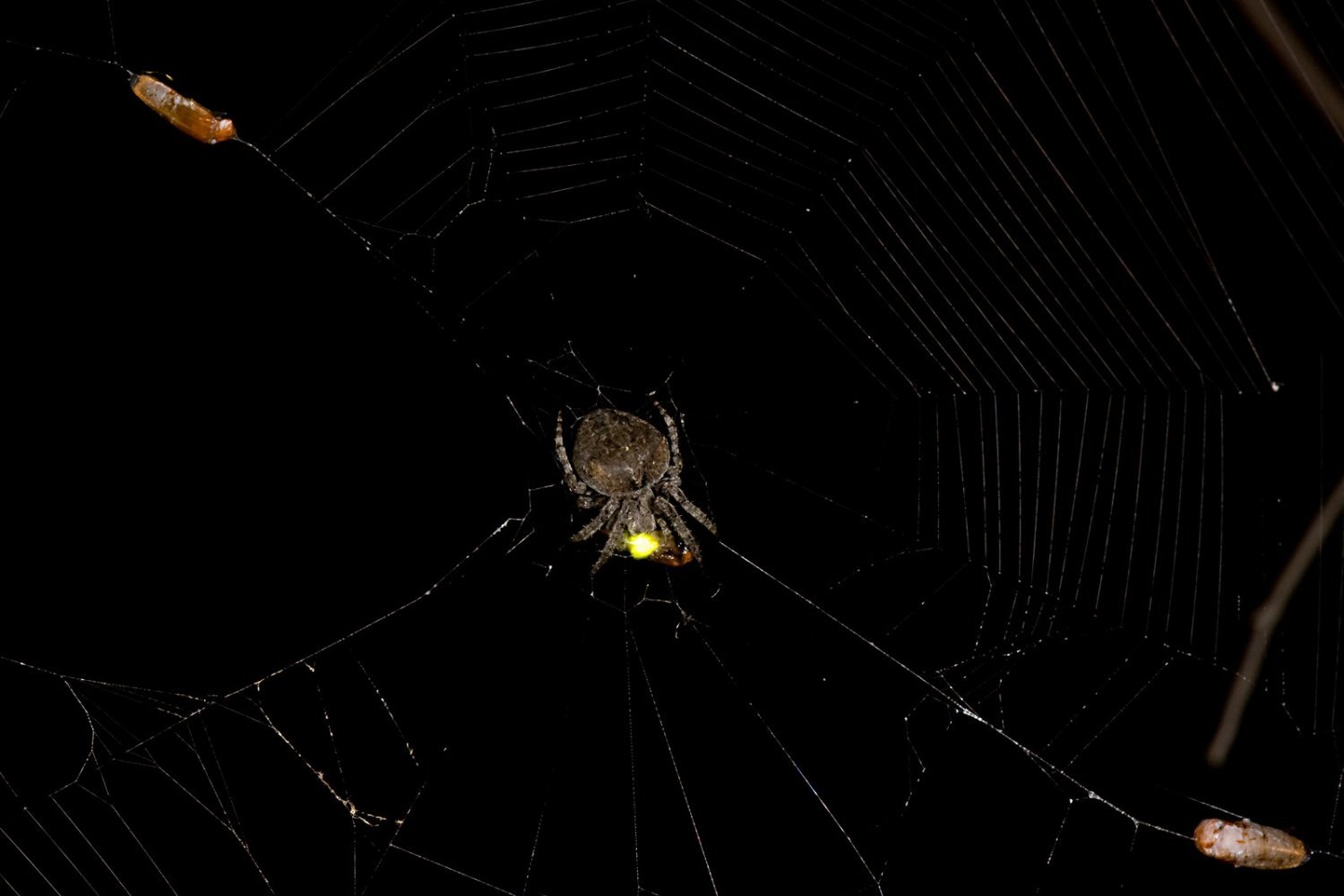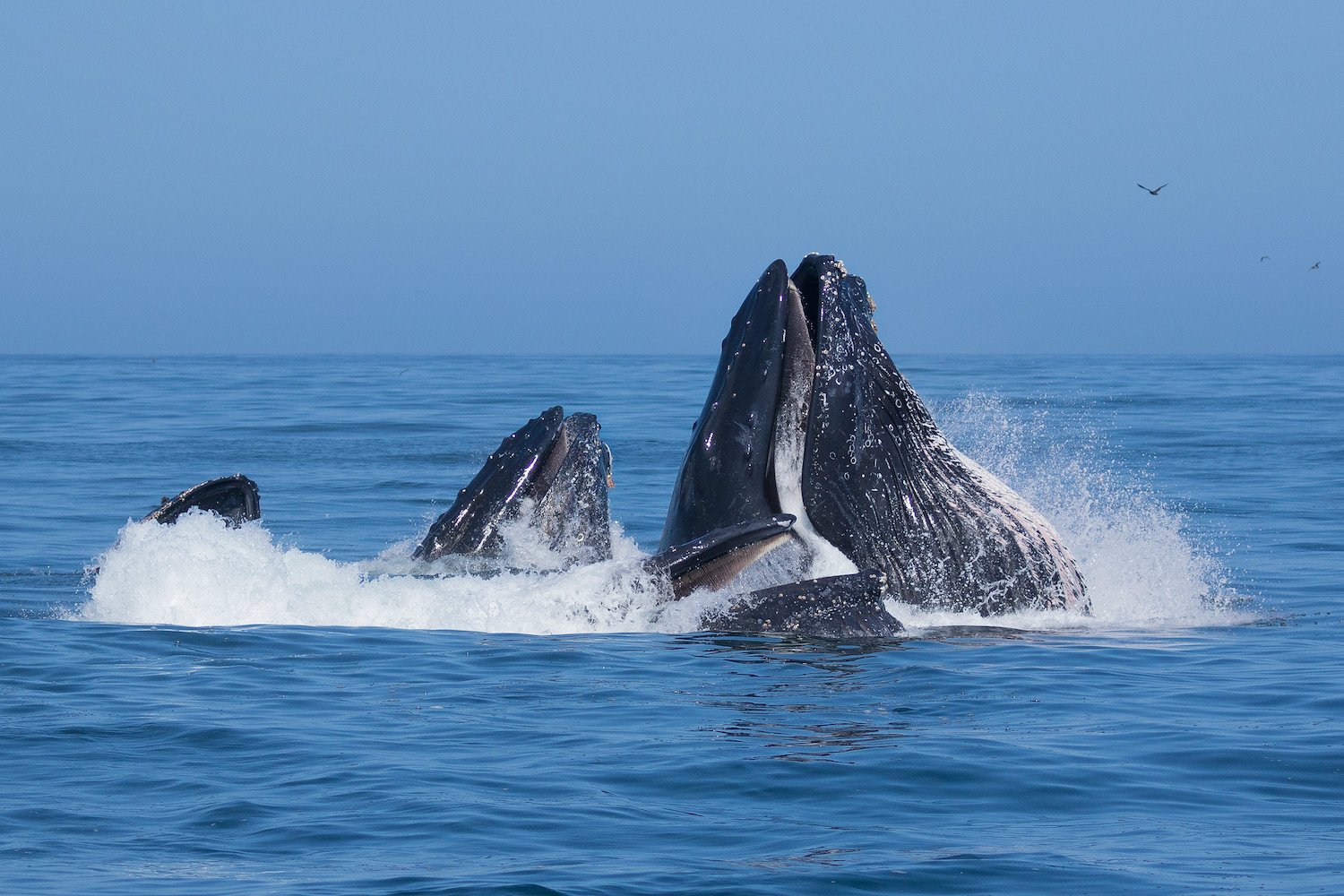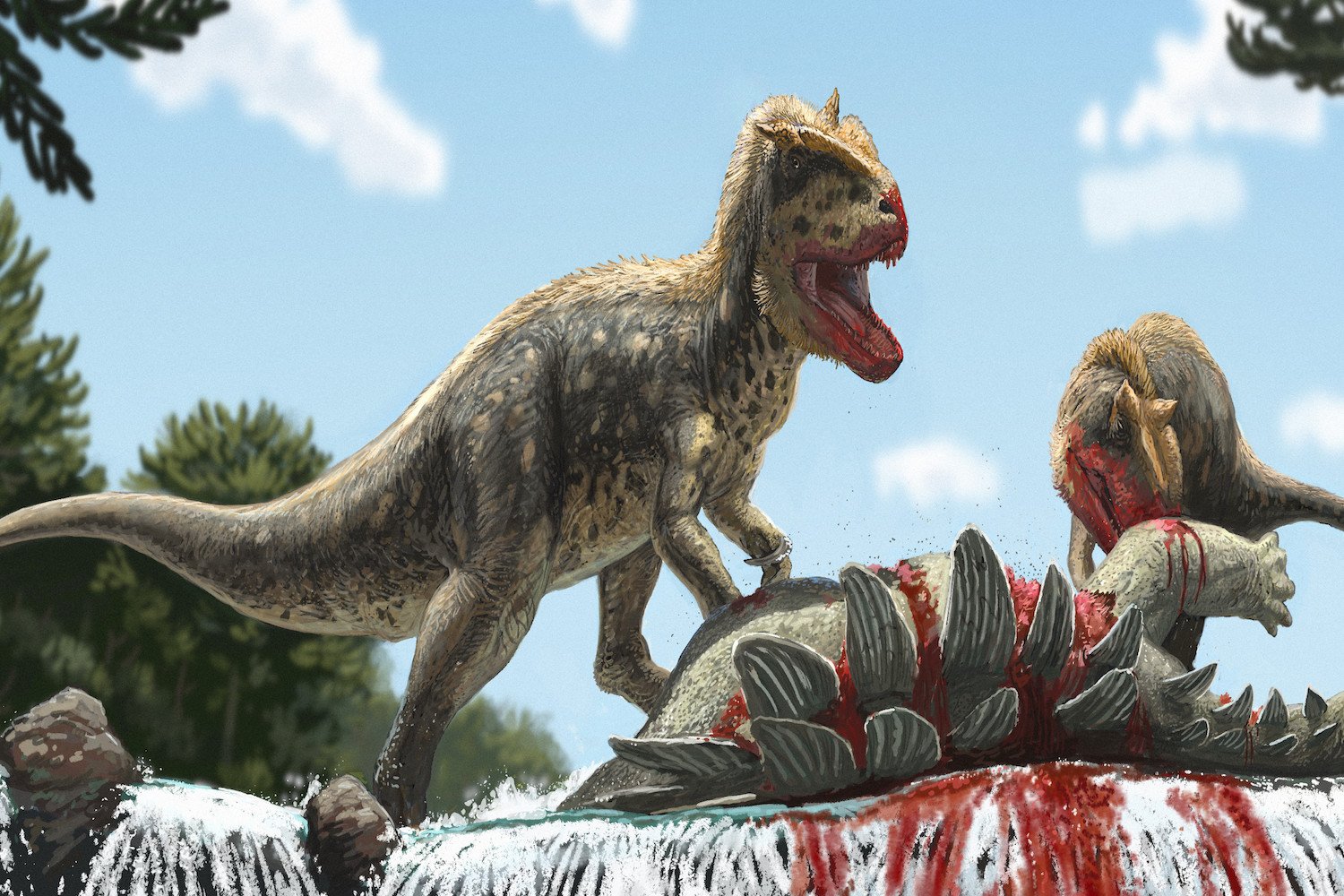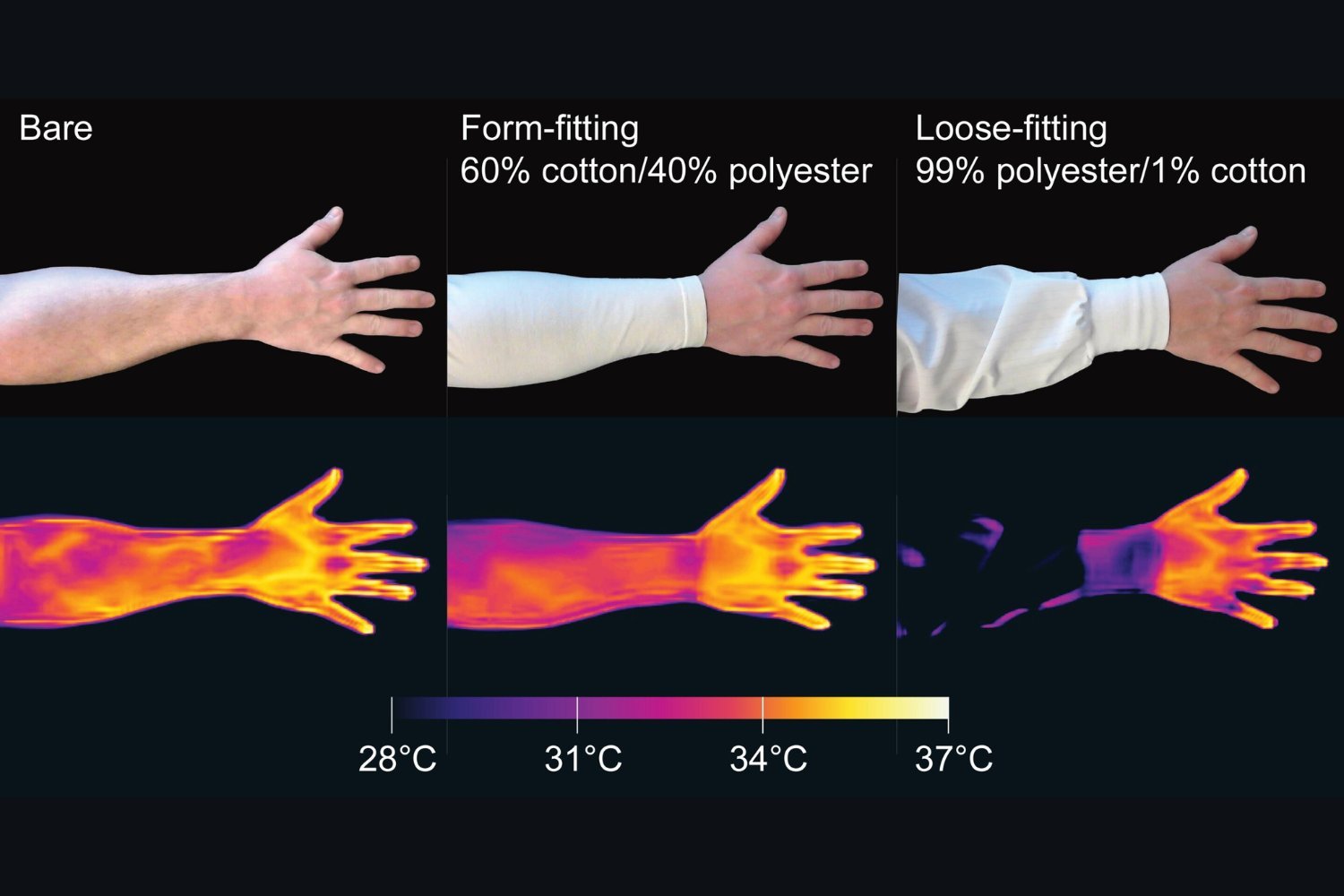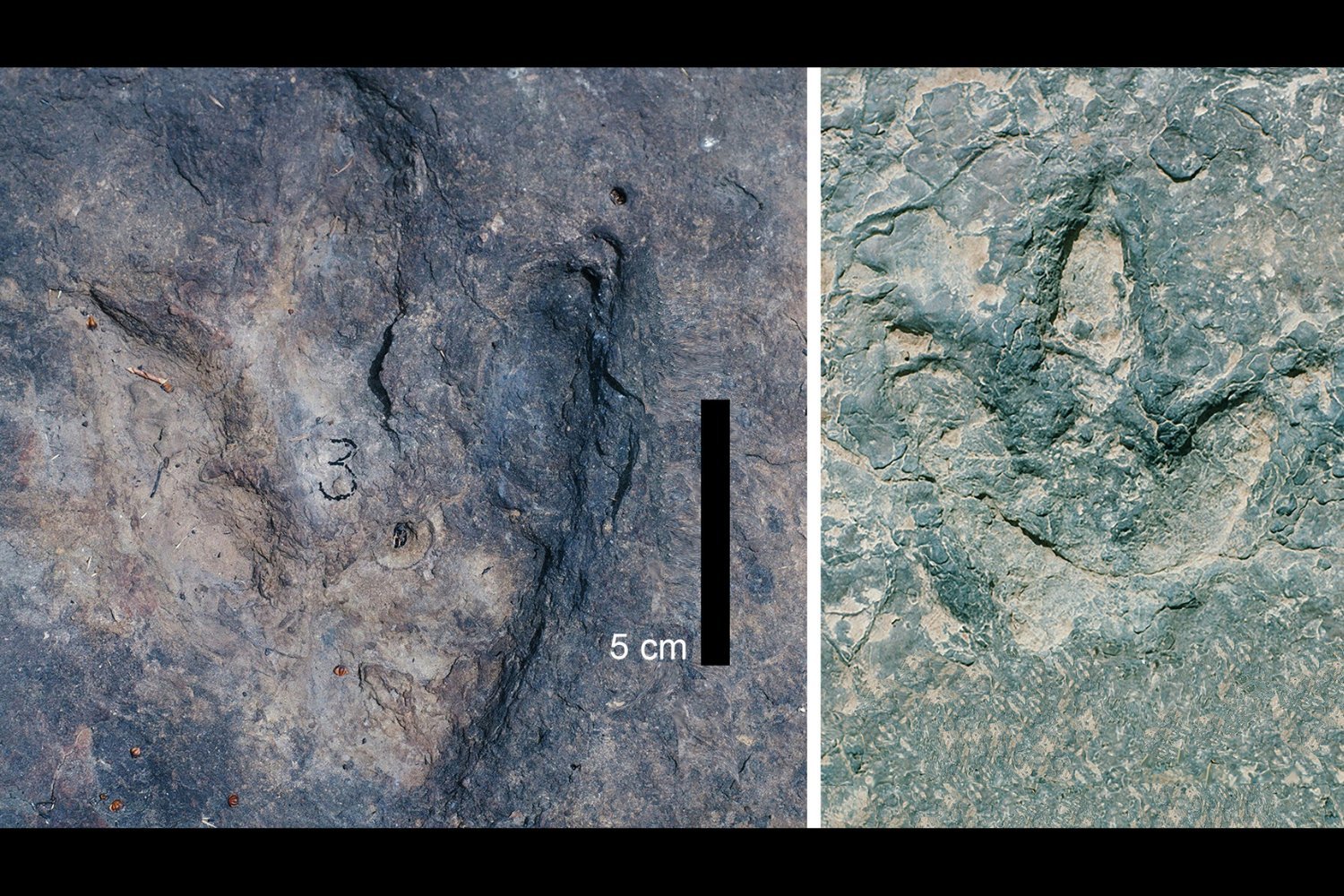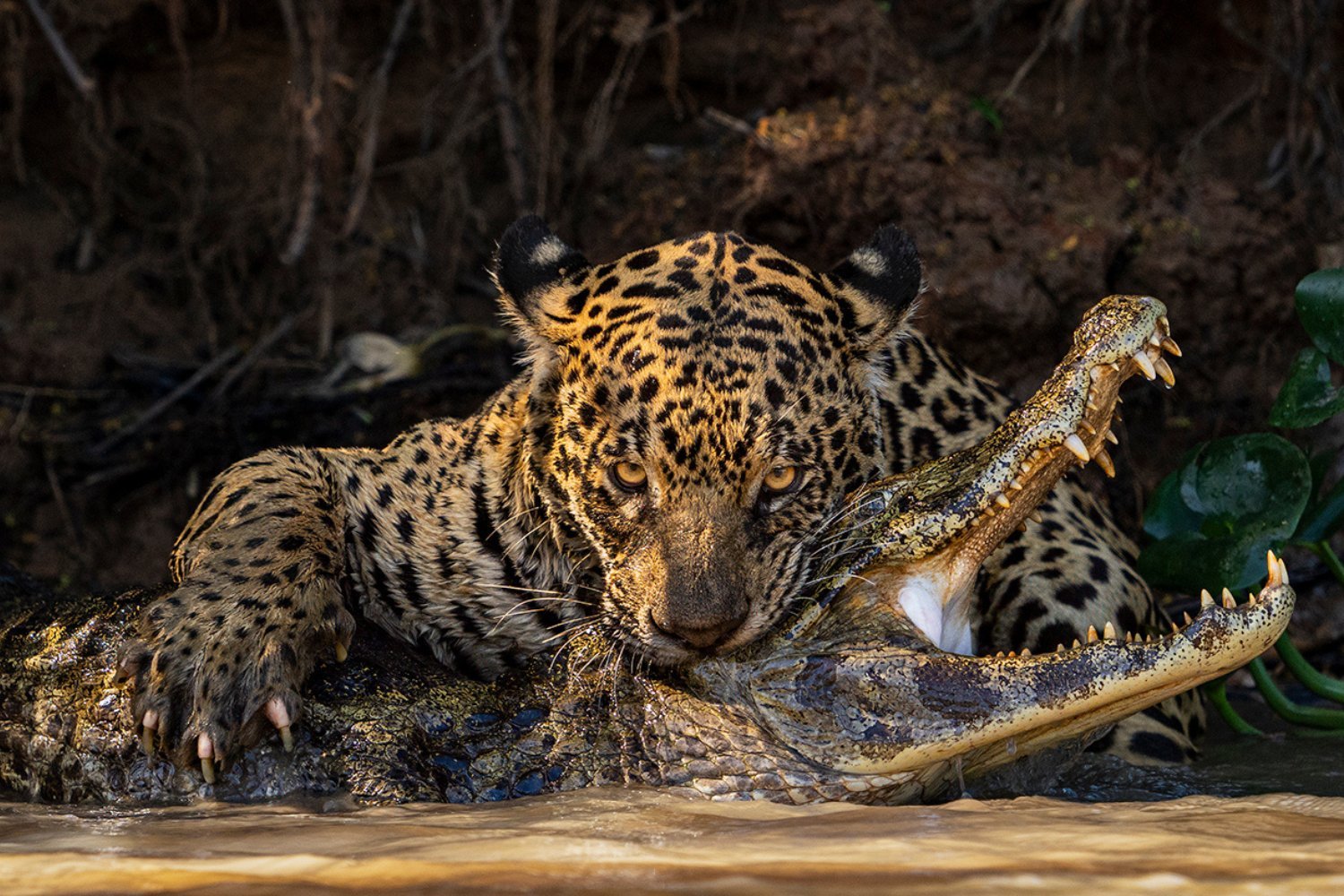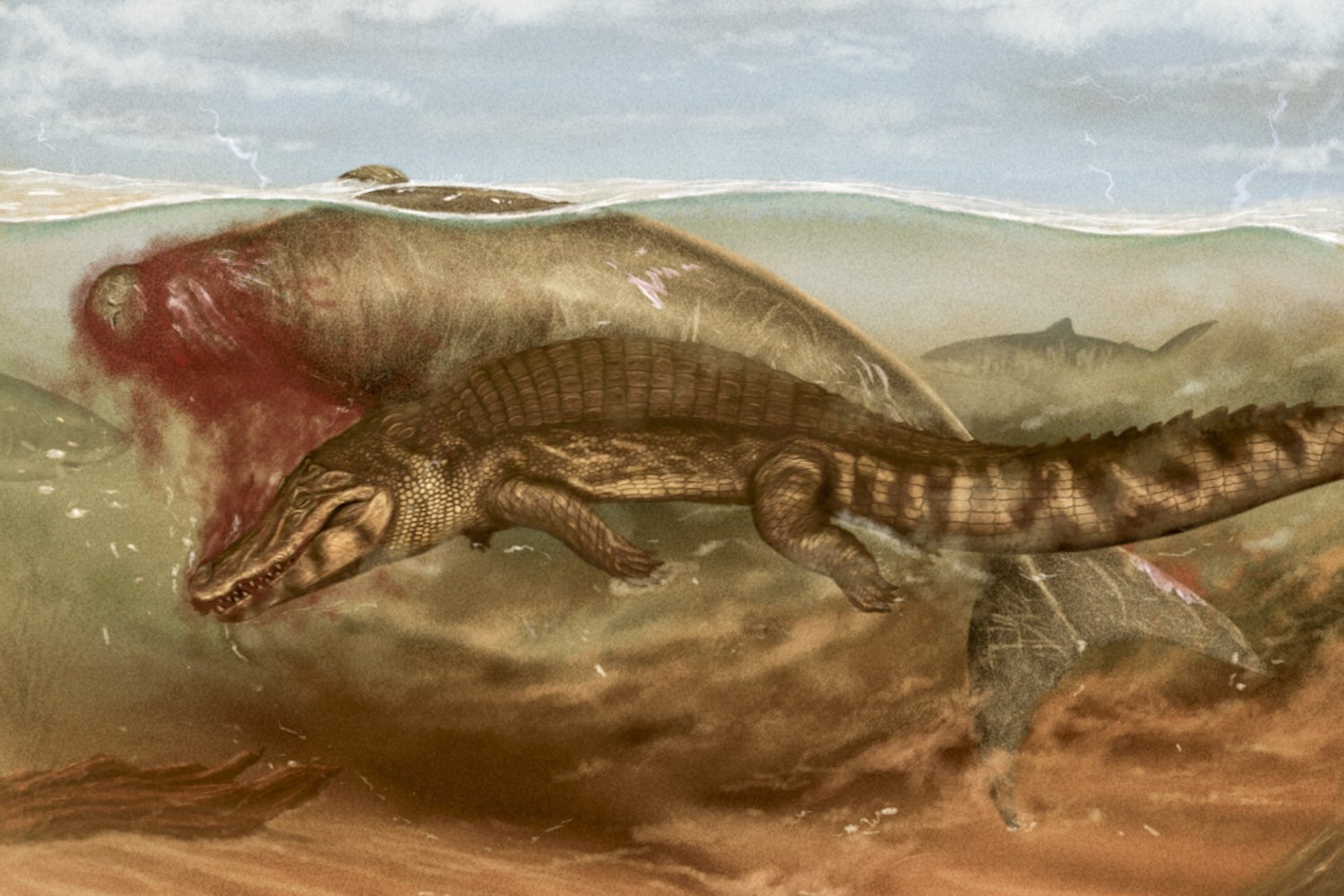Inspired by the effortless wing deployment of rhinoceros beetles, researchers at Switzerland’s Institute of Technology Lausanne and South Korea’s Konkuk University have developed a small robot designed for search and rescue missions and potential insect espionage. This innovative microrobot, roughly twice the size of a beetle and weighing slightly more than a CD (18 grams), replicates the insect’s unique wing dynamics.
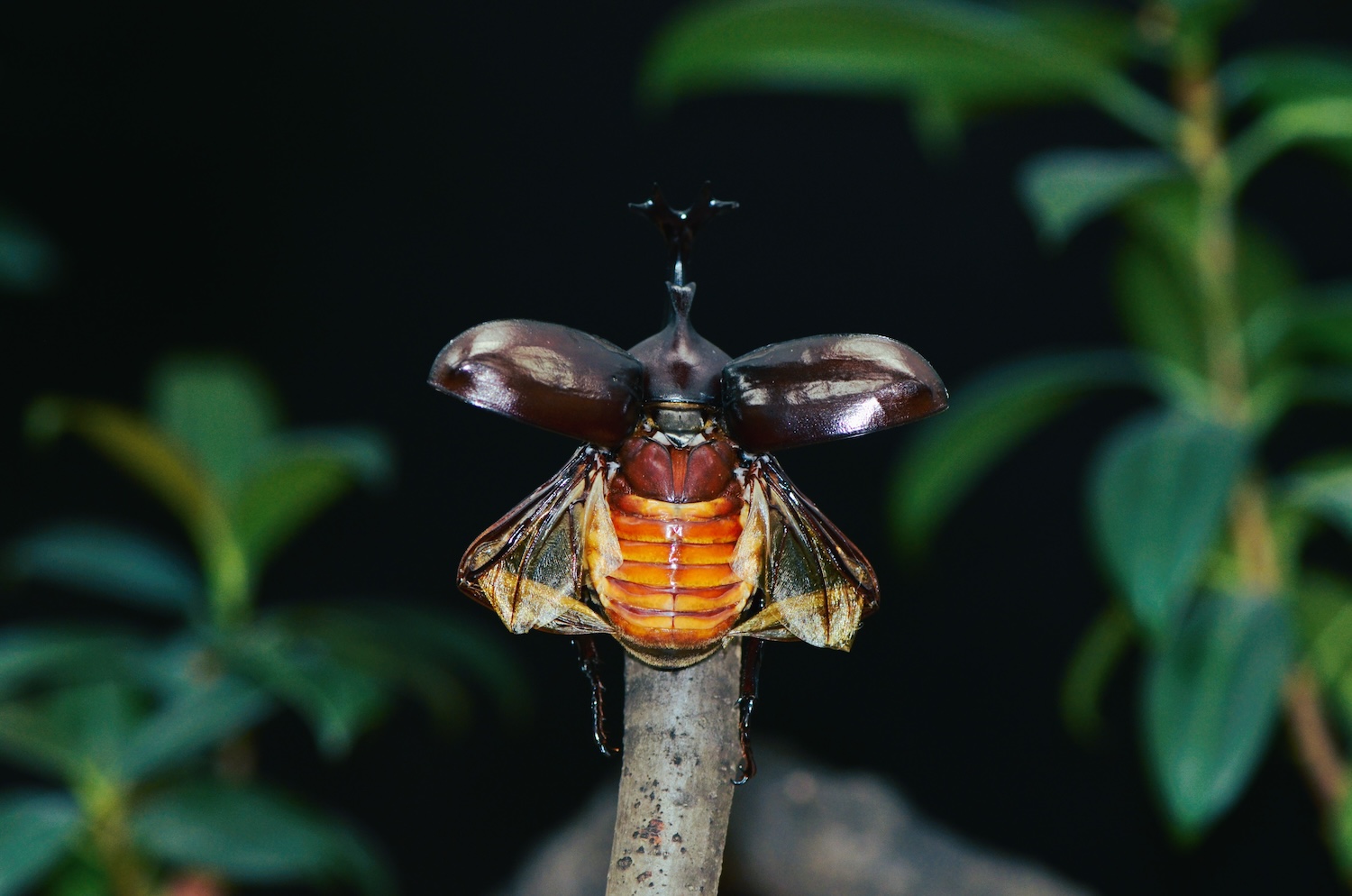
KUBeetle: A Unique Approach to Robotic Flight
Unlike birds and bats that rely on strong pectoral and wing muscles, rhinoceros beetles deploy their hindwings passively. This observation, published in Nature, led to the creation of KUBeetle. While other insect-inspired robots exist, KUBeetle stands out with its ability to fold its wings at rest and deploy them effortlessly for flight, mimicking the beetle’s natural mechanism. Slow-motion footage reveals the robot’s graceful, rhythmic wing flaps in the air.
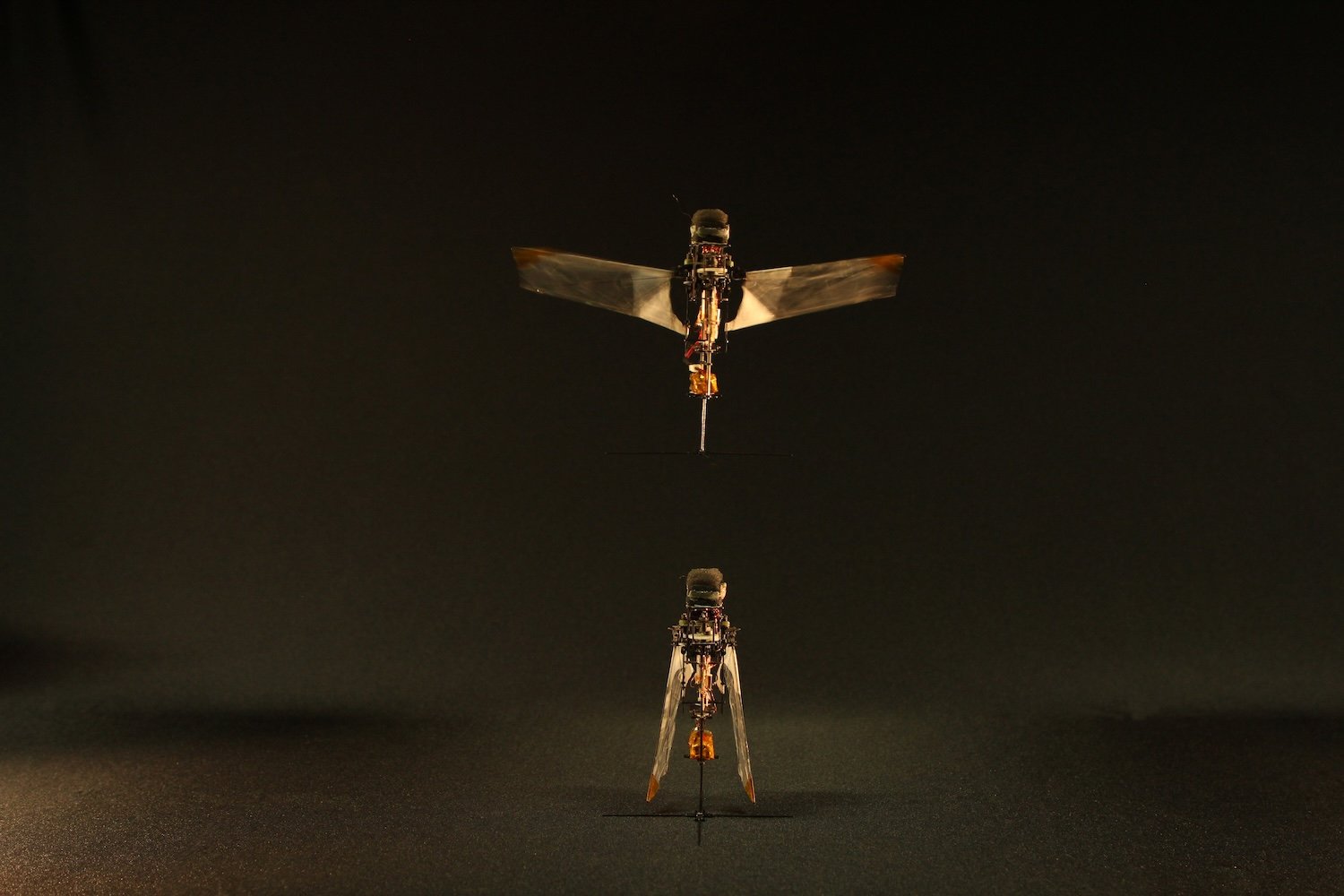
From Beetle Fandom to Robotic Innovation
Lead researcher Hoang-Vu Phan shared that the project was partly inspired by the popularity of rhinoceros beetles in Korea. These large flying insects, known for their crawling, perching, and burrowing abilities, fold their hindwings under their elytra (forewings) in an origami-like fashion. This intricate folding and rapid deployment for flight sparked a decade-long research interest in their biomechanics and robotic replication.
Potential Applications: Search and Rescue and Beyond
The KUBeetle’s foldable wings offer advantages for search and rescue missions in confined spaces, minimizing wing damage during crawling. Additionally, its ability to perch and crawl opens possibilities for discreet observation of real insects in forests, a task challenging for conventional drones. Phan also suggested its potential as a safe and engaging educational toy due to its low-flapping frequency, mirroring the harmless nature of rhinoceros beetles despite their appearance.
Conclusion: The Future of Bio-Inspired Robotics
KUBeetle represents a significant advancement in bio-inspired robotics. Its unique wing mechanism, inspired by the rhinoceros beetle, offers promising applications in search and rescue, biological research, and even educational toys. This innovative approach to robotic flight highlights the potential of nature’s designs in solving complex engineering challenges.



